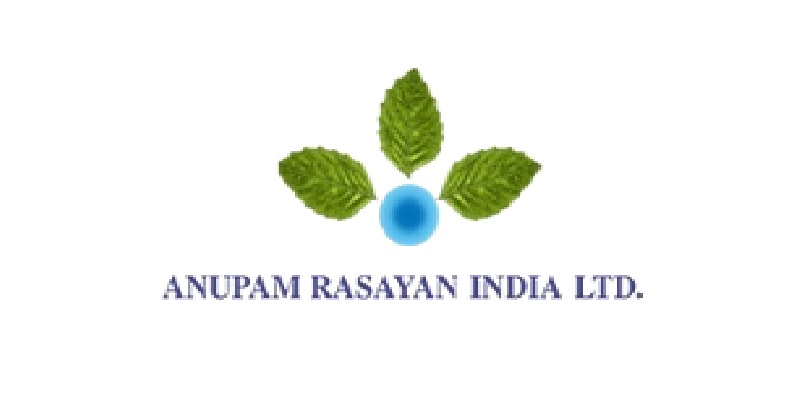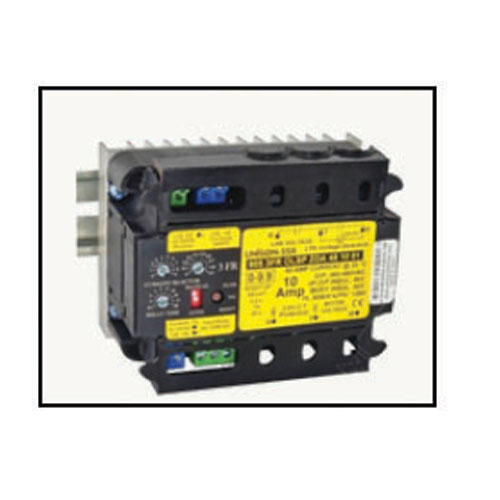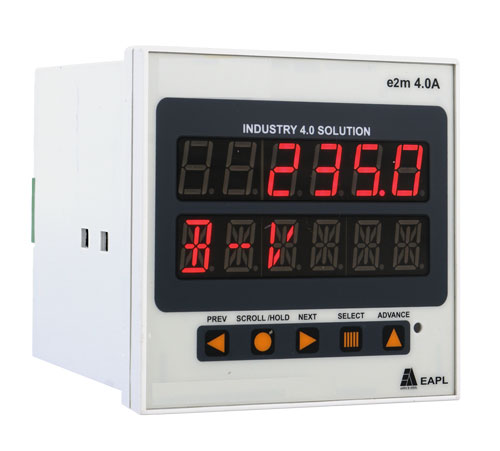Schedule a Call Back
Efficient & cost-effective parts cleaning
 Technical Articles
Technical Articles- May 05,16
 Efficient and cost-effective approach to component cleanliness is an important task at every link in the manufacturing chain.
Efficient and cost-effective approach to component cleanliness is an important task at every link in the manufacturing chain.
Nowadays it is common for components to be subject to specifications on particulate and/or film residue cleanliness. In striving to achieve and maintain the required degree of cleanliness with maximum efficiency, attention needs to be paid not only to the cleaning procedure, itself, but also to the entire process chain.
Even a tiny particle or a few micrometers of film residue can interfere with downstream processes and impact the quality and functionality of the finished product. “Technical cleanliness” is therefore a quality consideration for many components, and cleanliness specifications are stated on many design drawings. These specifications can often only be met with considerable investment in industrial parts cleaning technology. However, modern facility engineering, alone, is no guarantee of reliable and cost-effective cleaning.
Cleaning-friendly component design
 Cleanliness actually starts with component design. This is where the geometry and individual steps in the manufacturing chain are decided, such as turning, milling, forming and assembly processes. The chosen design has a direct impact on the cleaning effort required. For example, a through hole is easier to clean than a blind hole. Dirt collection in component corners and along edges can be reduced by rounded inner contours. This can also enable laminar flow through the work piece during the cleaning process, thus preventing eddies and any associated particle build-up. Another factor that affects cleanability is the surface finish used: smooth surfaces simply retain less dirt than rough or porous ones.
Cleanliness actually starts with component design. This is where the geometry and individual steps in the manufacturing chain are decided, such as turning, milling, forming and assembly processes. The chosen design has a direct impact on the cleaning effort required. For example, a through hole is easier to clean than a blind hole. Dirt collection in component corners and along edges can be reduced by rounded inner contours. This can also enable laminar flow through the work piece during the cleaning process, thus preventing eddies and any associated particle build-up. Another factor that affects cleanability is the surface finish used: smooth surfaces simply retain less dirt than rough or porous ones.
Reduce contaminant build-up
Another important point is the amount of contaminant build-up. The less oil, grease, particulates and other contaminants adhere to the parts, the quicker and easier it is to achieve the required cleanliness. In multi-step machining operations, intermediate cleaning processes prevent residue from accumulating and lubricants/coolants from mixing or drying out, all of which can have an adverse impact on cleaning. In machining operations, for example, a timely tool change can prevent the kind of hard-to-remove clamping chips that can arise due to insufficiently sharp tools. Finally, the proper preparation and filtering of coolants/lubricants can ensure that contaminants are not redeposited on parts that have already been cleaned.
Fine-tuning the cleaning process
In the metalworking industries, almost all tasks can be performed with wet chemical cleaning. The effectiveness of the process used – and thus the outcome in terms of quality, efficiency and reliability – is determined above all by the dissolving capacity of the chosen cleaning medium. Aqueous cleaners and solvents are customary. Water-based media are available in pH-neutral, alkaline and acidic formulations. For solvents, a distinction is generally made between chlorinated hydrocarbons (CHC), non-halogenated hydrocarbons and modified alcohols. The latter offer both lipophilic and hydrophilic properties.
 In choosing the right cleaning medium, the chemical principle of “like dissolves like” applies. In other words, for a mineral oil based (non-polar) contaminant such as machining oil, grease or wax, a solvent is generally the right choice. Chips and particles lose their grip on the surface once the oil is removed. Solvents are used in closed systems compatible to volatile organic compounds (VOC) regulations. The cleaning process can be structured into several steps, such as cleaning, vapor degreasing, rinsing and drying. Several different solvent tanks can also be used, e.g. for preliminary and fine cleaning as well as parts preservation. The solvent is prepared using an integrated distillation system as well as a suitably designed filter system.
In choosing the right cleaning medium, the chemical principle of “like dissolves like” applies. In other words, for a mineral oil based (non-polar) contaminant such as machining oil, grease or wax, a solvent is generally the right choice. Chips and particles lose their grip on the surface once the oil is removed. Solvents are used in closed systems compatible to volatile organic compounds (VOC) regulations. The cleaning process can be structured into several steps, such as cleaning, vapor degreasing, rinsing and drying. Several different solvent tanks can also be used, e.g. for preliminary and fine cleaning as well as parts preservation. The solvent is prepared using an integrated distillation system as well as a suitably designed filter system.
For water-based (polar) contaminants such as coolant and lubricant emulsions, polishing pastes, additives, salts, wear, particles and other solids, water based cleaning agents are generally used. Trial cleaning is recommended to verify material compatibility and achievable results. To ensure consistent cleaning quality for aqueous processes, regular process monitoring is necessary, with verification of important parameters such as cleaner concentration, temperature, rinse water quality and filter status. Continuous removal of contaminants from the cleaning bath is also necessary to keep them from being redeposited on cleaned parts. This is achieved by bath maintenance measures that depend on the type and volume of contaminants. A change in contaminant input, such as from a modified cooling lubricant formulation, a different processing medium or a higher volume of contaminant, can therefore lead to insufficient preparation of the cleaning solution, and thus to parts which fail to meet cleanliness requirements.
Choosing the right cleaning container
The parts container also has a decisive impact on the quality and efficiency of the cleaning process. Regardless of whether parts are cleaned in bulk or individually, cleaning containers made of rust-free stainless steel round wire are recommended. Such containers make it possible for the parts to be completely reached by the cleaning medium and whatever cleaning mechanism is being used, e.g. ultrasound or spray. Another key factor is to ensure that parts are positioned and held in their carriers in such a way that all critical areas can be treated targeted.
Clean handling and packaging
Once the parts leave the cleaning facility, their cleanliness must be maintained throughout all subsequent steps such as picking, inspection, transport, storage and packaging. Simply enclosing or covering the removal area protects parts from back-contamination by environmental contaminants. For parts with high cleanliness requirements it is advisable to perform parts issue, inspection and packaging in a clean area or clean room with suitably trained and equipped personnel. Volatile Corrosion Inhibitor (VCI) packaging is available to protect cleaned parts from corrosion. These packaging materials create a corrosion-proof atmosphere inside the packaging, as well as providing protection from outside contamination.
– DORIS SCHULZ
 International Trade Fair for Industrial Parts and Surface Cleaning
International Trade Fair for Industrial Parts and Surface Cleaning
Which processes can guarantee reliable and efficient parts cleaning? What needs to be considered when choosing a cleaning medium? How can the targeted degree of cleanliness be achieved? Answers to these and many other questions can be found at parts2clean. The leading international trade fair for industrial parts and surface cleaning takes place at the Stuttgart exhibition centre in Germany, from 31 May to 2 June 2016. It offers comprehensive know-how on cleaning systems, alternative cleaning technologies, cleaning media, quality assurance and testing methods, cleaning and transport containers, disposal and recycling of process media, handling and automation, services, consulting, research and specialized literature. The three-day parts2clean forum and the Guided Tours program offer added insight into a rich array of topics. As a special bonus, O&S – the international trade fair for surface treatments and coatings – is being staged right alongside parts2clean.
Related Stories

Dr Rahul Walawalkar Wins IEEE Hingorani Award for Energy Leadership
NETRA President Dr Rahul Walawalkar has received the IEEE PES Hingorani Award, recognising two decades of leadership in energy storage, policy, and global net-zero transition efforts.
Read more
Anupam Rasayan to Acquire US Based Jayhawk Fine Chemicals in Definitive Agreement
Anupam Rasayan will acquire US-based Jayhawk Fine Chemicals for USD 150 million, expanding its global CDMO presence, strengthening its US footprint and advancing its speciality materials portfolio.
Read more
Taural India and TEIL Advance Marine Self-Reliance with Indigenous Gearbox Castings
Taural India has supplied TEIL with indigenously engineered aluminium castings used to manufacture propulsion gearboxes for an Indigenous Patrol Vessels Programme, marking a major step in marine sel..
Read moreRelated Products

Three Pole, Numerical, Non-directional 3 O/c or 2 O/c+1 E/f Relay With Inst. Highset
JVS Electronics Pvt Ltd offers a wide range of three pole, numerical, non-directional 3 O/C Or 2 O/C+1 E/F relay with inst. Highset JNC 066/JNC 066P.

Ph Fwd/ Rev Motor Protection Ssrs
Insys Electrical & Controls offers a wide range of PH FWD/ REV motor protection SSRs.

Multifunction Meter With Event Counter
Electronic Automation Pvt Ltd offers a wide range of multifunction meter with event counter - model-E2M 4.0A












